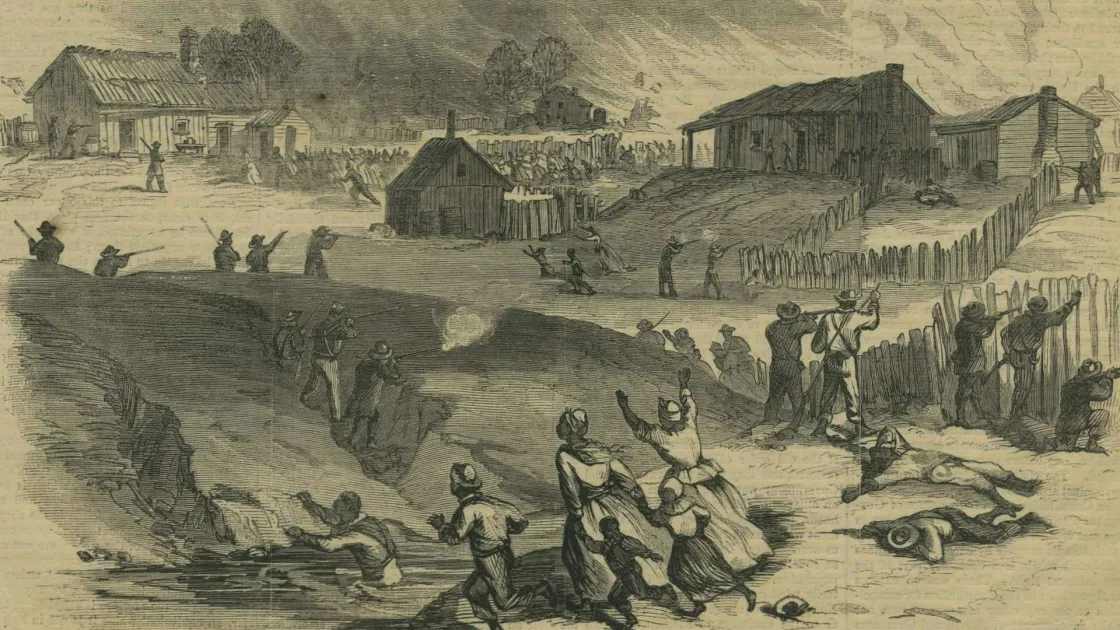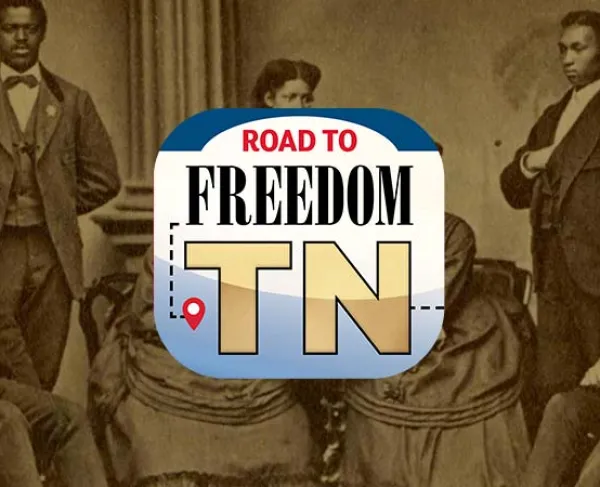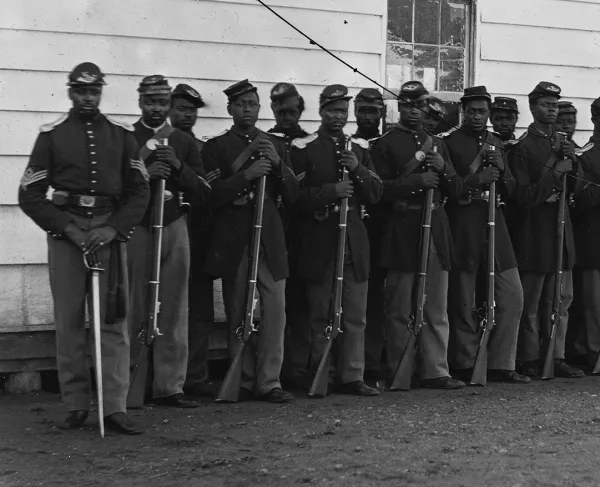1866 Memphis Massacre
Tennessee
161 GE Patterson Avenue
Memphis, TN 38103
United States
This heritage site is a part of the American Battlefield Trust's Road to Freedom: Tennessee Tour Guide app, which showcases sites integral to the Black experience during the Civil War era. Download the FREE app now.

In May 1866, unsettled tension over how the formerly enslaved would live as free people exploded here in Memphis as the first large-scale, post-Civil War race massacre.
By 1866, the city’s Black population had quadrupled to over 20,000. Most resided in South Memphis seeking security and opportunity in the shadow of the Union’s Fort Pickering. As the formerly enslaved exercised their hard-won freedom, Irish immigrants and other whites increasingly saw themselves in conflict and competition with their Black neighbors. Memphis’ white police force further inflamed tensions by frequently harassing and fighting with Blacks including soldiers of the 3rd U.S. Colored Heavy Artillery (USCHA) who manned Fort Pickering.
Beginning on April 30, the day the 3rd USCHA mustered out, and continuing May 1, encounters between Irish policemen and discharged Black soldiers in uniform led to angry words, blows exchanged, and shots fired — leaving a handful of soldiers and policemen wounded. Gangs of police and armed whites then repeatedly set upon the Black population in a 36-hour rampage — indiscriminately beating, shooting, robbing, and sexually harassing the Black community in South Memphis. By the time order was restored on May 3, white mobs had killed 46 Black men, women, and children; injured at least 75 others; and destroyed all the city’s Black churches and schools and almost 100 homes.
While local authorities participated in or ignored the violence, the Union army was slow to intervene. Afterward, three federal investigations gave voice to African Americans who could not testify in local or state proceedings. No officials were held accountable, perpetrators punished, nor victims compensated for their losses.
Part of a rising tide of racial violence, the Memphis Massacre stirred public support for Radical Republicans. Gaining an overwhelming majority in the 1866 election, they excluded disloyal Southerners from government and expanded civil rights, most notably passing the 14th Amendment guaranteeing citizenship and due process to the formerly enslaved. White supremacists blamed Blacks for the “riot” and within a decade used fear of similar violence to begin restoring restrictions on Black freedom.
Know Before You Go
This marker is a block south and east from where Martin Luther King, Jr. was assassinated in 1968, now part of the National Civil Rights Museum where you can explore the fuller story surrounding this tragedy.
Acknowledgement
This summary draws heavily on the scholarship of the late Stephen V. Ash available in "A Massacre in Memphis: The Race Riot That Shook the Nation One Year After the Civil War" (2013).




